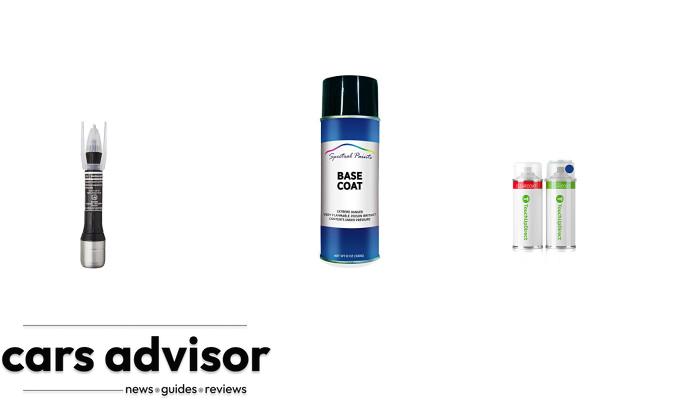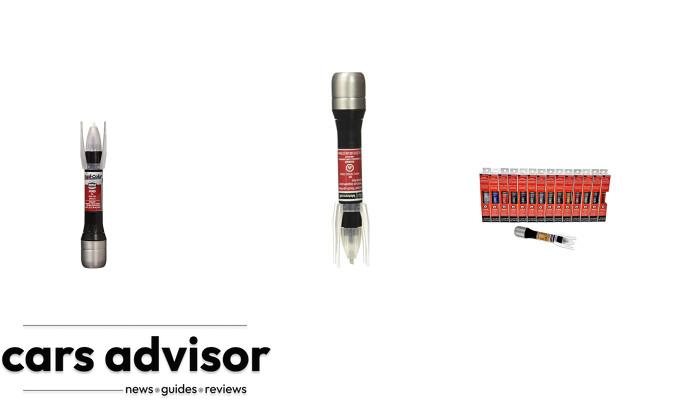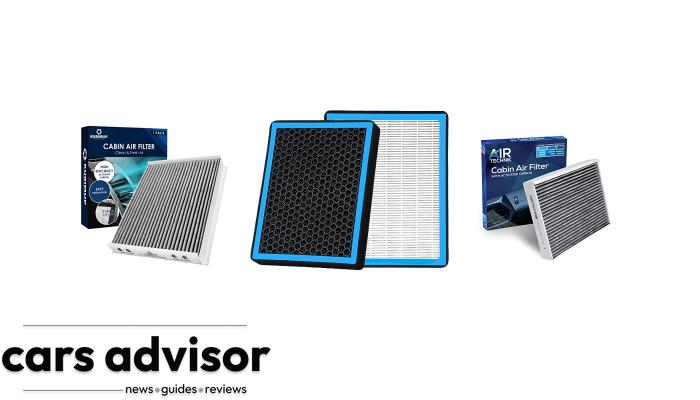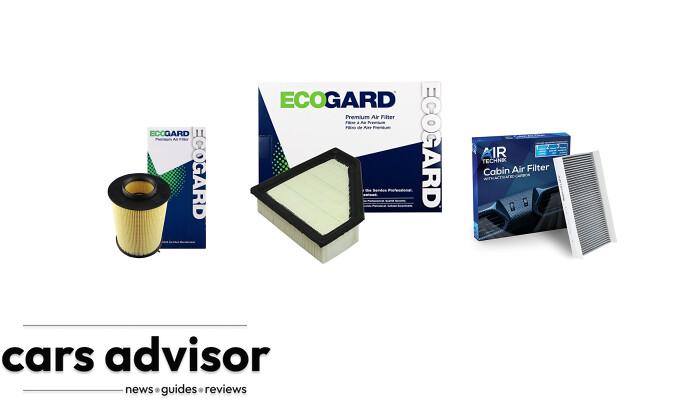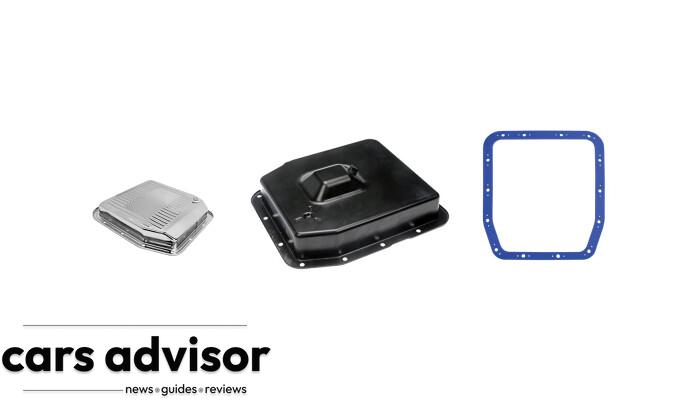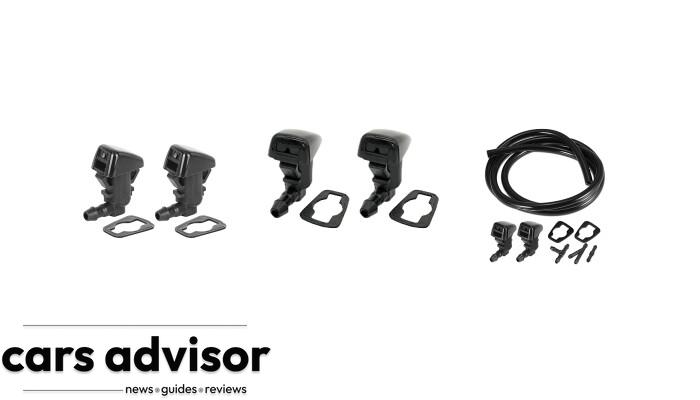Have you noticed white smoke coming from your car’s exhaust when you accelerate? This is a common issue, and can be caused by a variety of problems. Identifying and fixing the issue is important, as it can cause damage to your engine if left unresolved. In this article, we’ll walk you through the common causes of white smoke from a car’s exhaust and provide troubleshooting tips for identifying the problem. We’ll also cover how to fix a few of the most common issues, such as leaking intake manifold gaskets, cracked exhaust manifolds, and fuel injector problems. Finally, we’ll provide suggestions for preventative maintenance so you can avoid dealing with white smoke from your car’s exhaust in the future.
Common Causes of White Smoke From a Car’s Exhaust
White smoke coming from your car’s exhaust when you accelerate is usually caused by an issue with the fuel system. This includes cases where the oil burns, which is often a sign of a leaking intake or exhaust manifold gasket. In some cases, the issue may be more serious and require professional diagnosis, such as if the problem is caused by a cracked exhaust manifold.
In addition to manifold issues, white smoke can be caused by a clogged fuel injector or a faulty oxygen sensor. Both of these issues can be difficult for a novice to diagnose, but various diagnostic tools are available to help. If the smoke persists after troubleshooting, it’s best to take your vehicle to a mechanic for further diagnosis and repair.
Other potential causes of white smoke from a car’s exhaust include a faulty fuel pressure regulator, a leaking fuel injector, or a faulty fuel pump. In some cases, the smoke may be caused by a buildup of condensation in the exhaust system, which can be caused by a coolant leak. If the smoke is accompanied by a sweet smell, it may be caused by a coolant leak, which should be addressed immediately.
Troubleshooting Tips for Identifying the Issue
Before taking your vehicle to a mechanic, there are a few simple troubleshooting steps that you can take to try and identify the problem. First, check your oil level to make sure it isn’t excessively high, as this could indicate a leaking intake or exhaust manifold gasket. You should also check the oxygen sensor and fuel injectors for any signs of damage or clogging.
In addition, you can use a vacuum gauge to check for any air leaks. To do this, turn the engine off and monitor the gauge’s reading as it moves between idle and full revs. If there is an air leak, you’ll notice the gauge move quickly at idle and return slowly at full revs. A damaged oxygen sensor or a clogged fuel injector can also cause this type of reading.
If you are still unable to identify the issue, it may be time to take your vehicle to a mechanic. They will be able to diagnose the problem and provide you with a solution. Be sure to provide them with as much information as possible, such as the make and model of your vehicle, the symptoms you are experiencing, and any troubleshooting steps you have already taken.
How to Fix a Leaking Intake Manifold Gasket
If you suspect that your white smoke is caused by a leaking intake manifold gasket, don’t panic – replacing the gasket isn’t too difficult. Start by uninstalling the old gasket and cleaning the area around the gasket to remove any debris. Then, install the new gasket and use a torque wrench to hold it in place. Finally, recheck under the hood for any remaining debris and re-torque if necessary.
It’s important to make sure that the new gasket is properly sealed. If the gasket is not properly sealed, it can cause a vacuum leak, which can lead to a decrease in engine performance. To ensure a proper seal, use a sealant or gasket maker to help secure the gasket in place. Additionally, make sure to check the bolts and other components of the intake manifold for any signs of wear or damage.
How to Repair a Cracked Exhaust Manifold
If your white smoke is caused by a cracked exhaust manifold, the repair job will require more time and effort. You’ll need to remove the cracked manifold from the engine and have it welded or replaced. Then, reinstall the manifold and inspect it for any signs of leakage or damage. Make sure to use new gaskets and/or sealant for extra protection.
Before reinstalling the manifold, it is important to check the surrounding components for any signs of wear or damage. If any components are damaged, they should be replaced before the manifold is reinstalled. Additionally, it is important to check the manifold for any signs of corrosion or rust. If any corrosion is present, it should be removed before the manifold is reinstalled.
What to Do if You Suspect a Problem With Your Fuel Injectors
If you suspect there’s a problem with your fuel injectors, you can purchase a fuel injector tester from your local auto parts store. Alternatively, you can take your vehicle to a mechanic, who can use diagnostic tools such as an oscilloscope to pinpoint the issue. Once the problem has been identified, you may need to replace the injectors or have them professionally cleaned.
If you decide to replace the injectors yourself, make sure to purchase the correct type for your vehicle. Additionally, you should always wear safety glasses and gloves when working with fuel injectors, as they can be dangerous if handled improperly.
Should You Take Your Vehicle to a Mechanic?
If you’re unable to diagnose or fix the issue yourself, it’s best to take your vehicle to a qualified mechanic. They’ll be able to diagnose the issue more accurately and explain any underlying causes. Depending on the severity of the issue, they may need to rebuild or replace components, such as an intake or exhaust manifold.
It’s important to find a mechanic you trust. Ask friends and family for recommendations, or look for reviews online. Make sure the mechanic is certified and experienced in working on your type of vehicle. Once you’ve found a mechanic, ask them about their rates and any warranties they offer.
Preventative Maintenance Tips for Avoiding White Smoke from Car Exhaust
The best way to avoid white smoke from your car’s exhaust is to practice preventative maintenance. Make sure to change your oil regularly and check for any leaks or damage to your vehicle at least twice a year. Keep an eye out for any changes in your car’s exhaust – if it suddenly produces more smoke than usual, take it in for inspection as soon as possible.
Additionally, be sure to follow the manufacturer’s recommended maintenance schedule for oil changes and other services. This will help ensure that your vehicle’s fuel system components are functioning properly.
White smoke coming out of your car’s exhaust when you accelerate can be both alarming and worrying. Fortunately, most causes of white smoke – such as leaks or damaged fuel system components – can be easily diagnosed and fixed with minimal effort. By knowing what Symptoms to look for and following proper preventative maintenance, you can help ensure that your vehicle remains in top condition while avoiding white smoke from car exhaust.
It is also important to check your car’s air filter regularly. A clogged air filter can cause the engine to run too rich, resulting in white smoke from the exhaust. If you notice that your car is producing more smoke than usual, it is a good idea to check the air filter and replace it if necessary.








